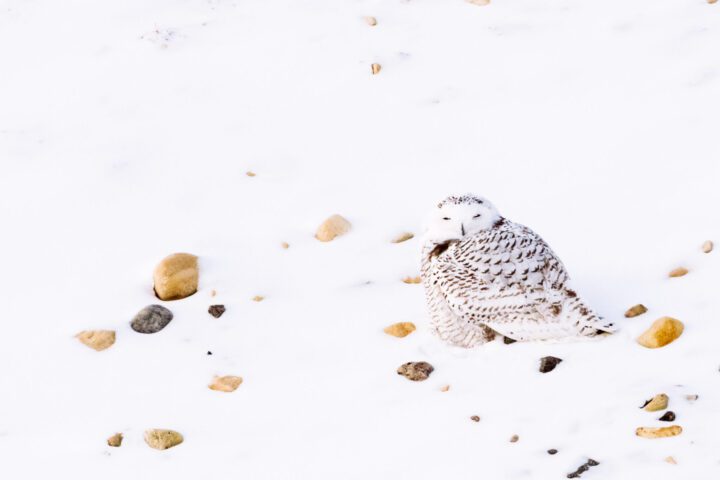The Japanese beetle invasion across Canada has raised serious alarms, particularly in Newfoundland and Labrador where officials are now working on eradication plans after detecting 14 beetles this year, including females capable of laying eggs.
“The beetle has been detected here in the past on occasion, and those beetles have been males and of less concern,” explains Sabrina Ellsworth, Director of Agriculture Research and Production for the Department of Fisheries, Forestry and Agriculture. “What makes the discovery of 14 beetles this year concerning is that there are females among them. And those females can lay eggs, and the eggs and the larva are surviving, what we’re suspecting, now in our milder winters.”
Each female Japanese beetle can deposit up to 60 eggs in moist soil, creating a potentially rapid insect takeover. The metallic green insects with coppery-brown wings are a destructive force, feeding on over 300 plant species including blueberries, partridge berries, trees, and even golf courses.
The economic impact could be devastating. In British Columbia, where beetles were first detected in Vancouver’s False Creek area in 2017, the Ministry of Agriculture estimates potential annual crop damage could reach $14.5 million, with an additional $13.6 million in costs to the golf industry if the pest becomes widespread.
Similar Posts
“If this pest gets in their gardens, it’s going to devastate everything that’s there,” warns Ellsworth.
Japanese beetles attack plants in two distinct ways. The adult beetles chew leaves, creating a characteristic “skeletonized” appearance where only the leaf veins remain. Meanwhile, their larvae—white grubs with yellowish-brown heads—feed underground on grass roots, causing patches of dead brown turf that can be easily pulled away like a carpet.
The beetle’s presence in Canada dates back to 1939, when the first specimens were found in a tourist’s car arriving in Nova Scotia by ferry from Maine. Since then, they’ve spread through several provinces including Nova Scotia, Prince Edward Island, Quebec, Ontario, and more recently, British Columbia. In Kamloops, officials have established a Japanese Beetle Regulated Area effective June 13, 2025, restricting the movement of plants and soil.
Climate change appears to be worsening the problem. The milder winters in Newfoundland and Labrador are likely helping larvae survive through the cold months, leading to more adults emerging in spring and summer.
Control efforts include larvicide treatments using a product called Acelepryn, which targets the root-eating grubs. This treatment is considered safe for humans, pets, and pollinators like bees. Traps containing attractants are also being deployed to monitor beetle presence and spread.
For homeowners concerned about Japanese beetles, officials recommend several actions: report sightings to the Canadian Food Inspection Agency, minimize plant and soil movement from infested areas, clean tools and footwear thoroughly, and consider hand-picking beetles in the early morning when they’re less active.

Newfoundland and Labrador’s government is considering a spray program as part of their eradication plan. “We’re very hopeful that if we act now, we can get a handle on it and it won’t become an infestation,” said Ellsworth.
While some progress has been made in certain areas—Vancouver detected no Japanese beetles in 2024 for the first time since 2017—the battle continues as the pest spreads to new locations like Port Coquitlam, where more than 500 beetles were detected, and Kamloops, where 11 beetles were found for the first time.


















